.
All Things Distress
Part 7
Distress Inks, and why they are so special
.
- - - - - - - - - - - - - - - - - - - - - - - - - - - - - - - -
After a brief break to give you the low-down on rubber and
clear stamps and why they make such a good buy, we’re back to yummy distress
again. This time we’re moving from
the very first distress products, the inkpads, to the very latest – distress
markers.
As you might guess from the name, these are marker pens that
fit right into the distress ink palette.
The colours are the same as those you already know and love, the ability
to blend and do fun things with water is still there, the inks are simply in a
handy marker format instead.
Obviously the first thing that comes to mind when you think of
markers is writing and colouring in, and these pens are good at both. They come with a brush tip for
colouring in larger areas, and a fine tip for detailed colouring. It is so fine you can also write
clearly with it, making it ideal for journaling or, if your handwriting is good
enough, for writing your own greetings on cards.
But what I most like to use them for is colouring on my stamps. You can get such a great level of coloured detail by doing this, and with very little effort.
What do you need?
.
.
Distress markers
Card or paper
A stamp – rubber or cling tend to work best with distress products
.
{Items can be purchased at Scrap-n-Crop.com HERE}
.
- - - - - - - - - - - - - - - - - - - - - - - - - - - - - - - -
Instructions:
.
These are very simple. Just colour in your stamp, using different colours in
different places. Use the brush end of the marker, and try to use the side of
the “brush” rather than the tip – it will help them to last longer. As you can see below, my stamp is very
detailed with lots of small images, yet I was able to colour them all in
separately. I advise working from
top to bottom or side to side, it makes it easier not to miss a bit out.
.
.
Once the stamp is coloured in, you need to “huff”
on it to make sure all the ink is still moist. You know how you breathe gently onto glass to mist it
up? That’s what you need to do
here – just mist the stamp with your breath. And then stamp.
I tend to hold the stamp still for 30 seconds – 1 minute to allow the
ink plenty of time to sink into the paper, but that’s just a personal
preference.
.
.
Sometimes you can get a second, fainter impression
from the stamp if you huff and stamp once more. You can see from the last photo that this worked reasonably
well – just the top right corner is a bit too pale. But I could always trim that off, or cover it with an
embellishment.
And that’s it – your stamped image is ready to wow
and impress people with!
.
- - - - - - - - - - - -
Handy tip
- - - - - - - - - - - -
.
PS – remember how I said last week that stamps are
an investment and will last for years?
This one is a good example, I’ve had it for over five years now, and am
still finding new ways of using it.
I have definitely had great value for money from it.
.
.



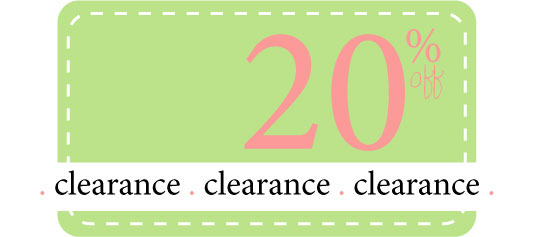
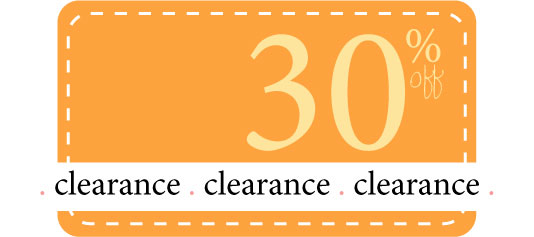
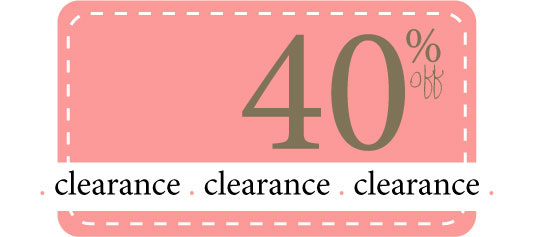
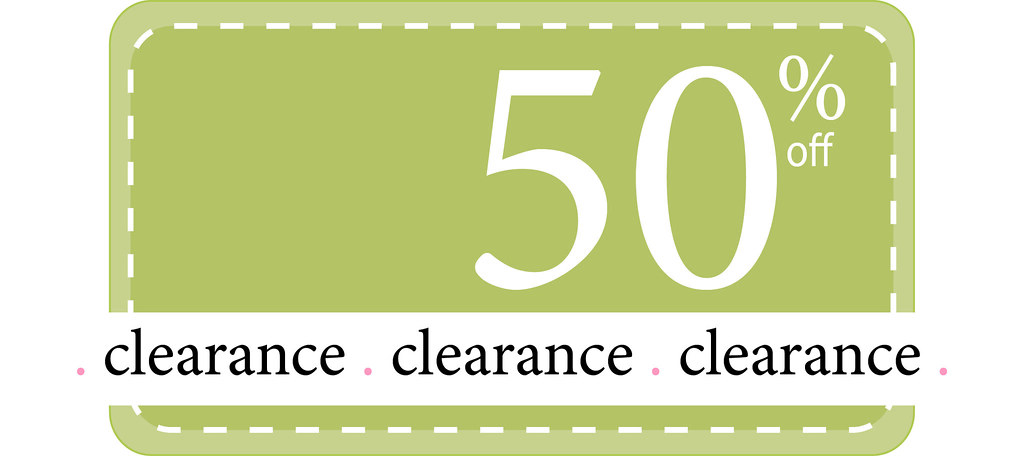

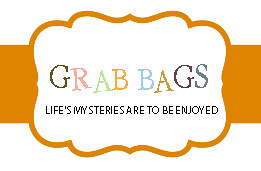


























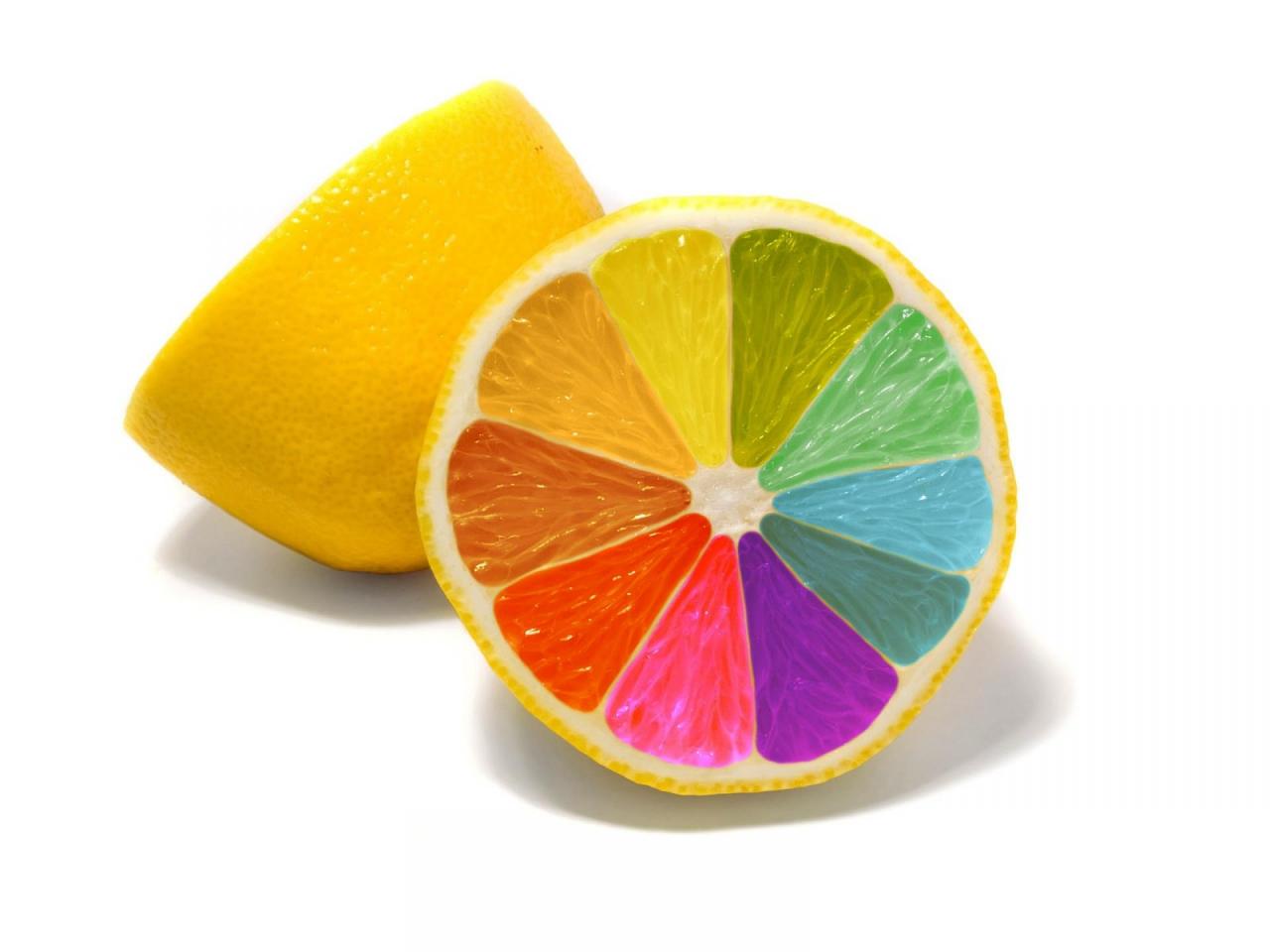

No comments:
Post a Comment